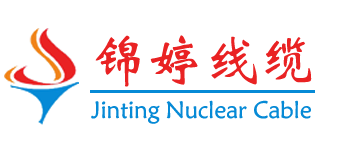Jinting Cable:
Zhejiang Jinting Nuclear Cable Co., Ltd. is a leading manufacturer with ISO9001:2000 certified of international standard power cords with UL, CSA, VDE, BSI, PSE, KET, SEV, SAA, IMQ, IRAM, KET certificates.
Address:
- General Factory: No. 5, Gongji Road, industrial park, Simen Town, Yuyao, Zhejiang,China
- Branch Factory: Wufu Industrial Zone, Yiting Town, Shangyu, Shaoxing
NAVIGITION:
Add WeChat !

Copyright ©Zhejiang Jinting Nuclear Cable Co., Ltd.


